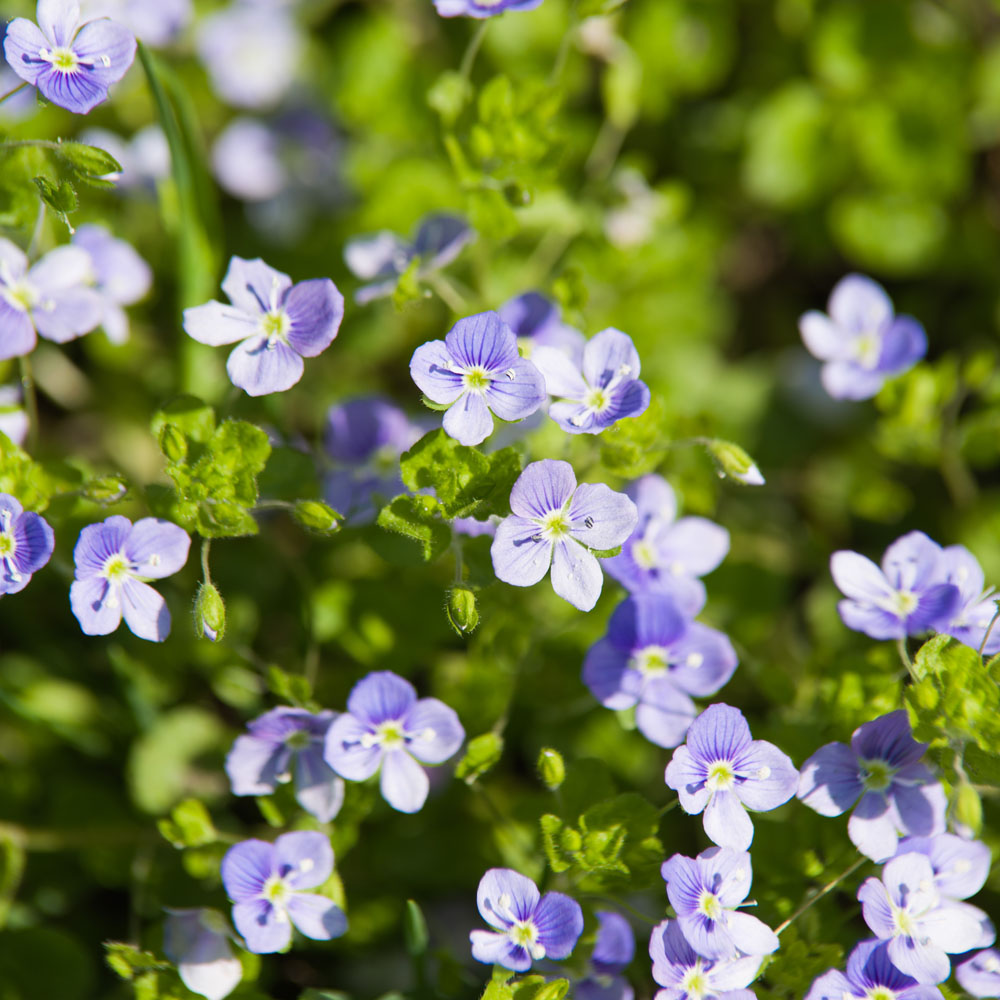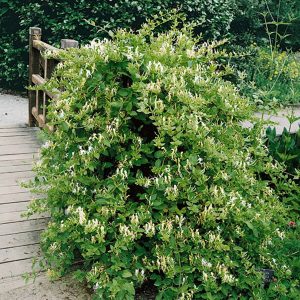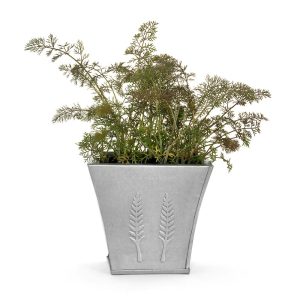Description
Veronica repens, also known as Creeping Speedwell, is a low-growing perennial groundcover with small, glossy, dark green leaves. It forms a dense mat of foliage and produces small, light blue flowers in spring and summer. It grows best in moist, well-drained soil in full sun to partial shade. Veronica repens is perfect for rock gardens, between stepping stones or in a mixed border, and is also effective as a groundcover or trailing over walls. It pairs well with other low-growing plants such as dwarf iris, ajuga, and creeping phlox. The blue flowers of Veronica repens also complement well with purple grape hyacinths (Muscari) and yellow or pink Aquilegia.
Key Facts
- Common Name(s):Corsican Speedwell
- Hardiness:Fully hardy through most of the UK
- How big will I get? Veronica repens can grow to a height of 0.1m and a spread of 0.3m.
- Did You Know That:The name Veronica comes from the Latin word vera, meaning true, and icon, meaning image. According to legend, Saint Veronica gave Jesus her veil to wipe his face, and the image of his face was miraculously imprinted on the cloth.
Plant Calendar
A rough guide to how this plant will change through the year.
| Jan | Feb | Mar | Apr | May | June | July | Aug | Sept | Oct | Nov | Dec | |
| Flowering Time | 
| 
| ||||||||||
| Foliage Colour |  |
 |
 |
 |
 |
 |
 |
 |
 |
 |
 |
 |
| J | F | M | A | M | J | J | A | S | O | N | D |

| 
| ||||||||||
 |
 |
 |
 |
 |
 |
 |
 |
 |
 |
 |
 |
Care Guide

Soil Requirements
Veronica repens prefers moist but well-draining soil. This plant can grow in soil with a wide range of pH levels, it is not picky about the pH level of the soil.

Best Position
Veronica repens prefers a sheltered position and requires full sun to thrive, this consists of more than six hours of direct sunshine per day.

Maintenance
Veronica repens is fairly low maintenance and doesn’t require any pruning.

Pest, Diseases and Wildlife
Veronica repens can have problems with aphids, it can be vulnerable to certain diseases such as downy mildews and root rot.





